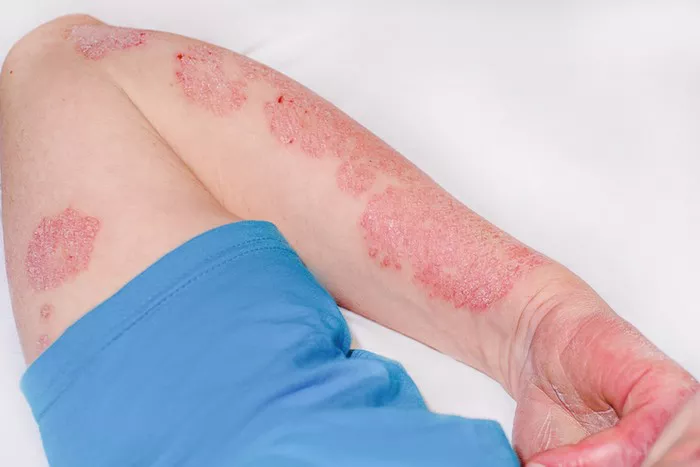Vitiligo is a condition that affects millions of people worldwide, characterized by the loss of skin color in patches. While it can manifest at any age, there is a prevalent misconception that vitiligo is present from birth. This misconception often stems from a lack of understanding about the condition and its causes. In this article, we aim to debunk this myth and shed light on the realities of vitiligo.
Understanding Vitiligo
Vitiligo is a skin disorder characterized by the loss of pigment-producing cells called melanocytes. Melanocytes are responsible for producing melanin, the pigment that gives skin its color. When these cells are destroyed or unable to function properly, depigmentation occurs, leading to the characteristic white patches associated with vitiligo.
The exact cause of vitiligo is still not fully understood. However, it is believed to be a complex interplay of genetic, autoimmune, and environmental factors. While some cases of vitiligo may have a genetic component, not everyone who carries the genetic predisposition will develop the condition. Environmental factors, such as exposure to certain chemicals or stress, may trigger or exacerbate vitiligo in susceptible individuals.
Dispelling the Myth
One of the common misconceptions about vitiligo is that it is present from birth. While vitiligo can manifest at any age, including childhood, it is not typically present at birth. In most cases, vitiligo develops later in life, with the majority of cases diagnosed before the age of 40.
The misconception that vitiligo is present from birth may arise from the observation of birthmarks or other pigmentation irregularities in infants. While these may appear similar to vitiligo, they are typically unrelated conditions. Birthmarks, for example, are caused by an overgrowth of blood vessels, pigment cells, or both, and are not indicative of vitiligo.
It is essential to recognize that vitiligo is a distinct condition with its own set of characteristics and triggers. By understanding the true nature of vitiligo, we can dispel myths and misconceptions that may lead to stigma and discrimination against those affected by the condition.
Diagnosis and Treatment
Diagnosing vitiligo typically involves a physical examination by a dermatologist. The characteristic depigmented patches are usually sufficient for a diagnosis, although additional tests, such as a skin biopsy, may be performed to rule out other conditions.
While there is currently no cure for vitiligo, several treatment options are available to help manage the condition and restore skin pigmentation. These may include topical corticosteroids, phototherapy, laser therapy, and depigmentation therapy, depending on the extent and severity of the condition.
It is essential for individuals with vitiligo to work closely with their healthcare providers to develop a treatment plan that addresses their specific needs and concerns. In some cases, counseling or support groups may also be beneficial in coping with the psychological and emotional impact of living with vitiligo.
Breaking the Stigma
One of the most significant challenges faced by individuals with vitiligo is the social stigma associated with the condition. Misconceptions about vitiligo, such as the belief that it is present from birth, can lead to fear, discrimination, and isolation among those affected.
Breaking the stigma surrounding vitiligo requires education, awareness, and empathy. By challenging stereotypes and promoting understanding, we can create a more inclusive society where individuals with vitiligo feel accepted and valued for who they are.
Conclusion
Vitiligo is a complex skin disorder that affects millions of people worldwide. While it can manifest at any age, it is not typically present from birth. By understanding the true nature of vitiligo and dispelling myths and misconceptions, we can support those affected by the condition and promote a more inclusive and compassionate society.
Through continued research, education, and advocacy, we can work towards improving the quality of life for individuals with vitiligo and ultimately finding a cure for this challenging condition. Together, we can break the stigma and build a world where everyone feels comfortable and confident in their own skin.

























